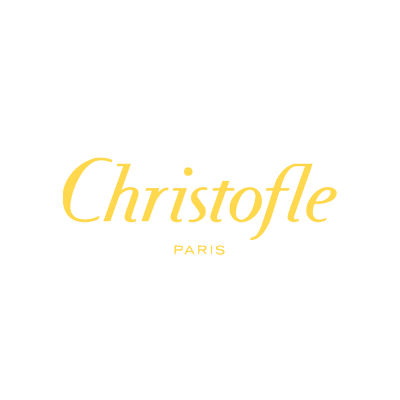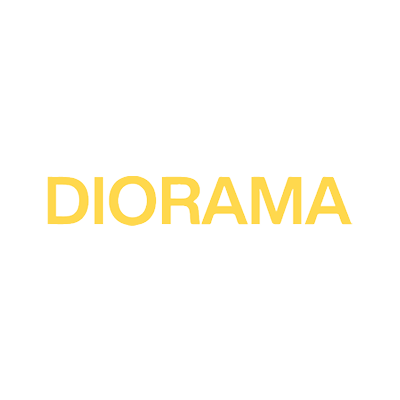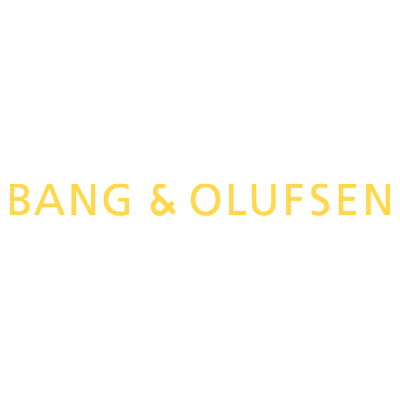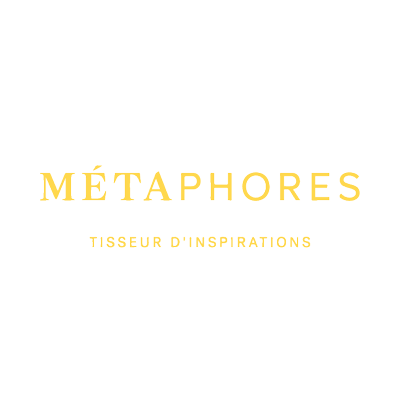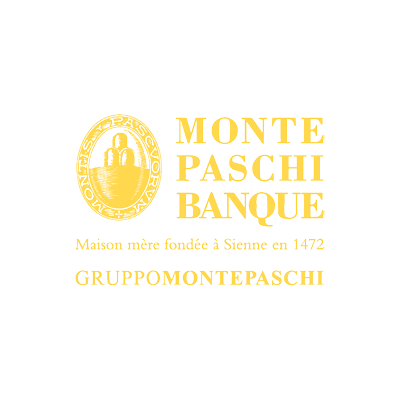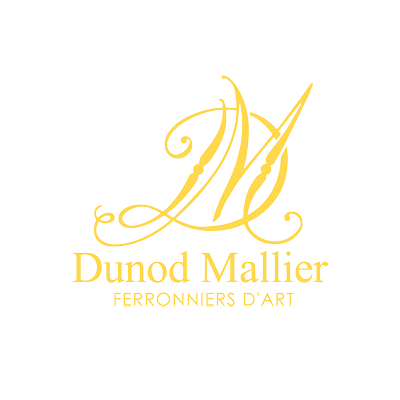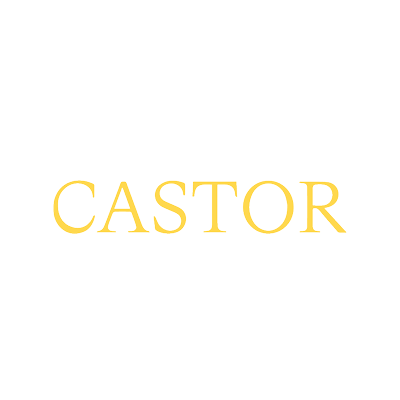
For its first edition under the patronage of the Embassy of Italy, Genius Loci rekindles the spirit of L’Ange Volant, designed and built in Garches, on the outskirts of Paris in 1927 by architect and designer Gio Ponti.
L’Ange Volant is the Italian master’s sole architectural work in France and a quintessential reflection of his multi-faceted artistic expression. Levity, transparency and colour, his major inspirational themes, are celebrated for the duration of the exhibition-event through the creation of more than twenty international artists with various art forms, of which several commissioned works that draw inspiration from the spirit of the place. The works take pride of place in all of the villa’s focal points, from the entrance to the garden. The full spectrum of expression, ranging from sculpture to perfume, brings to light one of the many facets of Gio Ponti’s L’Ange Volant in a kaleidoscopic show encompassing the past, present and future.
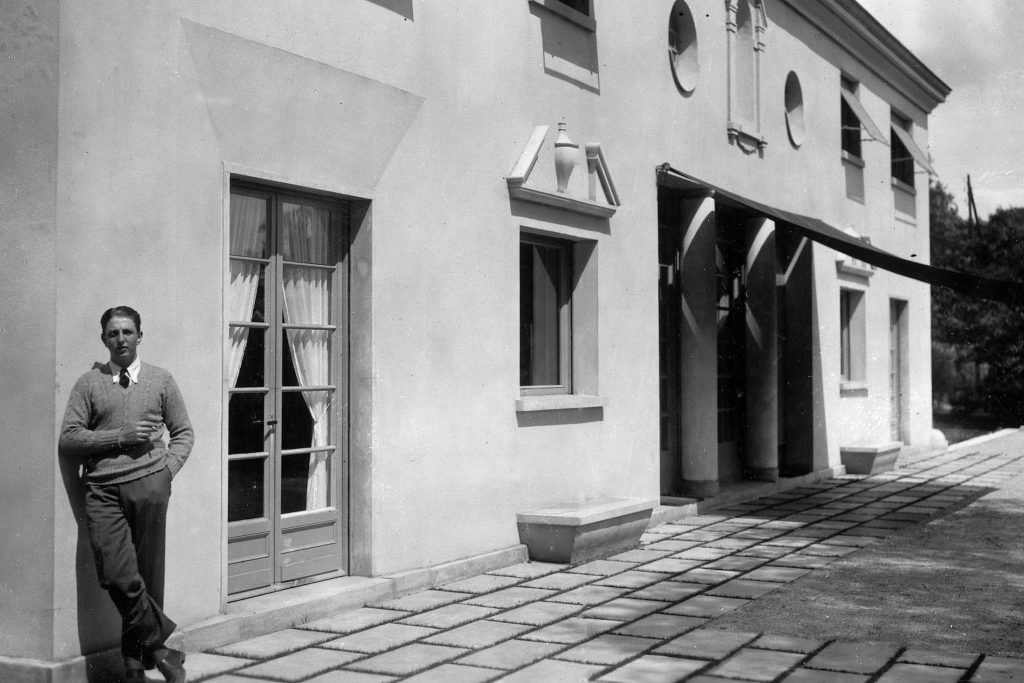

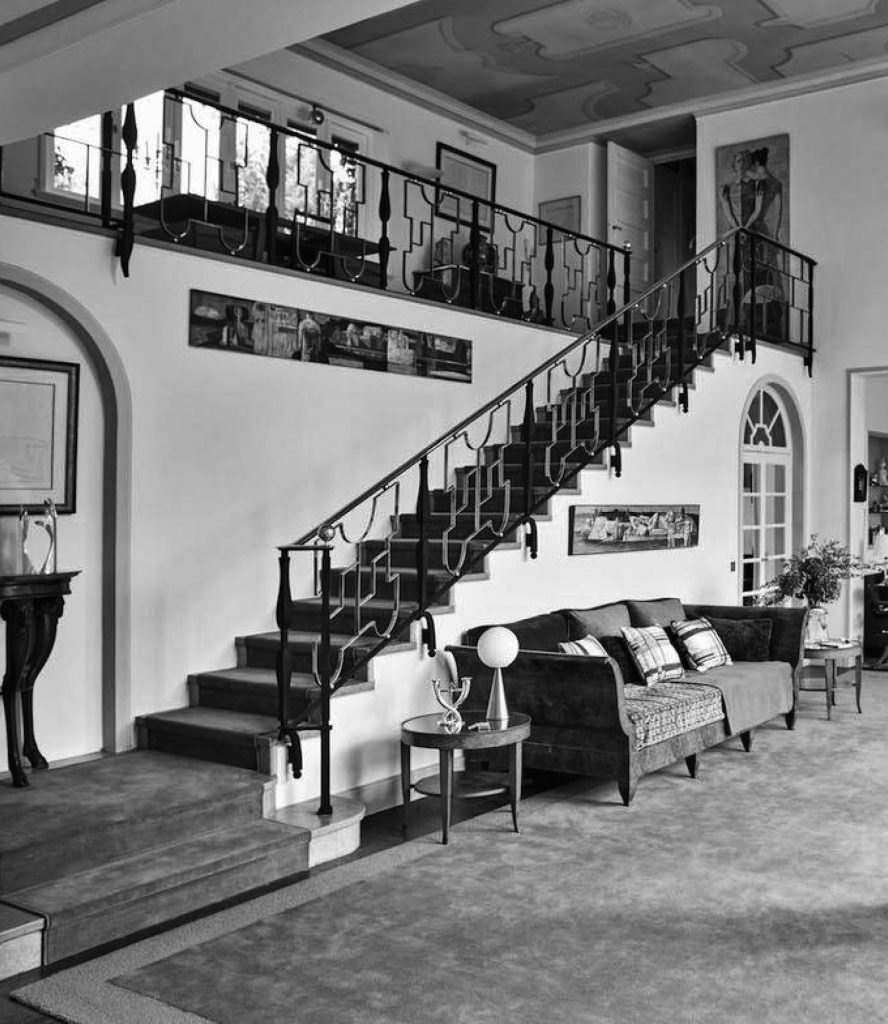
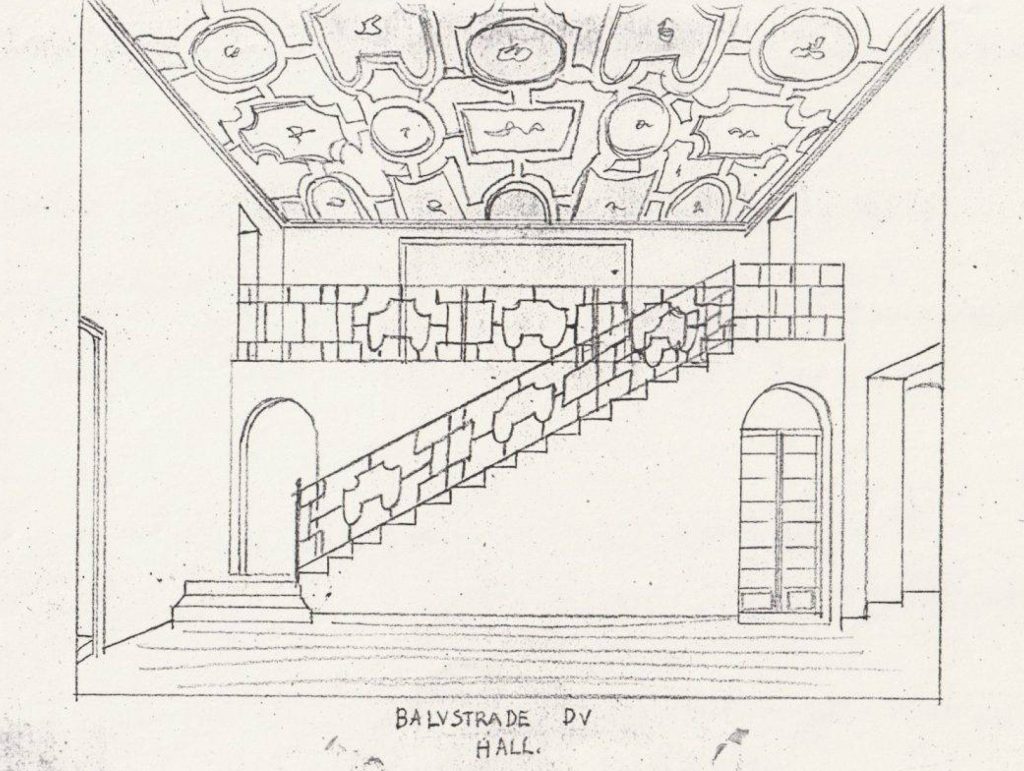






L’Ange Volant was conceived by architect and designer Gio Ponti for the Bouilhet familly, then owners, directors and descendants of the founder of Christofle, the silverware maison.
Nesting on the hillside in Garches, close to the Saint-Cloud golf course, this neo-Palladian villa built between 1925 and 1927, was designed down to the most minute detail by Gio Ponti. It was a seminal moment in his architectural work, his only construction project in France and one of the most well preserved in the world.
Gio Ponti was at once a painter, writer, architect, designer and a scenographer. All facets of his creativity are in evidence in this early career work, recently restored by its original owners. Every feature of the villa bears the hallmarks of the master, from walls to ceilings down to door handles and engraved mirrors and was also conceived as an ode to love. Indeed, its very construction was the setting for a couple to be formed, as Tony Bouilhet, the commissioner of the villa and Carla Borletti, Gio Ponti’s niece who came from Italy to visit her uncle on the building site first met. Thus, the architect named the villa L’Ange Volant as a nod to the lovers who were married there in 1928, barely a year after the inauguration.
This private commission allowed Ponti to realize his prototypical casa all’italiana, a concept of an Italianate villa envisioned around the notion of the joy of living, of theatre and empty space. With artefacts and art as permanent guests.
A celebration of the spirit of a place, Genius Loci is the first contemporary art and design exhibition open to the public to be staged in L’Ange Volant.
The Spanish artist Maloles Antignac has created a sculpture inspired by the iconography of the hand, one of the key themes in Gio Ponti’s ceramics. Crafted in enameled stoneware and wax, Post-Nature Study is part of Antignac’s contemplation of the reconciliation between humankind and the environment. It also resonates with the hand created by Ponti for the Richard Ginori porcelain works, where he served as artistic director.
With Le Saint, the architect Franklin Azzi has dreamed up a light installation evoking the spiritual side of Gio Ponti, a great builder of churches with a fascination for angels. Conceived as the inaugural work of this Genius Loci experiential exhibition, a steel and neon ring is suspended by cables from the treetops, floating as though by magic above the front courtyard of L’Ange Volant. Its circular form embraces Ponti’s geometric vocabulary, as seen on the façades of the house, delineating the sky in a minimalist gesture inspired by land art.
The object and interior designer Sophie Dries, in collaboration with Nilufar gallery, unveils her Levitating Alchemia mirror in stone-encrusted Murano glass, a reference to Gio Ponti’s passion for minerals and obsession with transparency. A cloud of glass components limns the mirror with a halo of deep reflections, echoing the feeling of elevation expressed by Ponti in the villa.
The composer Jérôme Échenoz captured the spirit of the place to create the audio installation that accompanies visitors as they proceed from the entrance to the upstairs rooms. The voice of Gio Ponti talking about his relationship with space blends with music and rustling sounds in a collage of vibrant sensations.
The perfumer Barnabé Fillion strikes a chord with the soul of the place and with Gio Ponti’s major inspirational themes – reflections, transparency, lightness… – in a fragrance composed especially for Genius Loci and unveiled in stages, note by note from room to room. The vestibule emanates essences of myrrh and olibanum. In the boudoir, angelica evokes Gio Ponti’s niece Carla Borletti, the first occupant of the villa. In the blue bedroom, vetiver conjures the memory of Tony Bouilhet, who commissioned the building. The living room is infused with petitgrain and ambroxan, and the yellow bedroom brings forth a bouquet of mimosa, an ode to color and joie de vivre.
Presented in digital form on the Genius Loci website throughout the duration of the exhibition, and in situ in the villa’s bedrooms, Spectral Ponti by Laurent Grasso attempts to probe the supernatural dimension inherent in the spirit of the place. His film leads the viewer through a virtual model of L’Ange Volant using LIDAR scanner technology. The work follows up on Grasso’s Spectral Orsay series created at the Musée d’Orsay in Paris. Spectral Ponti reveals the artist’s ultra-contemporary yet timeless vision of the villa. Its kaleidoscopic merging of different worlds echoes the conceptions of Gio Ponti, who felt that architecture was intended as a “successione di spettacoli” – a series of shows.
The artist Mathias Kiss spreads the wings of the villa’s angel over the lawn of the grounds designed by Gio Ponti. This immense installation in sheets of polished stainless steel reflects the architecture and its natural setting, symbolizing the shadow cast by the “flying angel.”
In collaboration with Armel Soyer gallery, the British artist Julian Mayor has created a mirror-finish coffee table in welded steel sculpted like a block of crystal. Installed facing the hearth in the “fireside corner” designed by Gio Ponti, it reflects the architecture, intensifying the multiplication of perspectives.
On the dining room table, the Franco-Irish designer Damian O’Sullivan presents a double candle holder in aluminum and brass, inspired by the theme of union as a tribute to the Italian designer’s quest for light and lightness. On the mezzanine, O’Sullivan’s earthenware Solange vase combines curvaceous sensuality with geometric rigor in a single form, another way for the designer to dialogue with the work of the Italian master.
Angelo, the textile sculpture by Agnès Sébyleau, unfolds its sprawling wings like the fingers of a gigantic hand. Woven in linen, this ethereal creation takes its place under the majestic staircase of the living room, facing the mirrors engraved by Gio Ponti that reflect the figure of the angel holding the house in its arms.
Nestled in a lush hillside between Paris and Versailles, L’Ange Volant villa was conceived in 1927 by Gio Ponti for the Bouilhet familly, founders and heirs of the Christofle silverware maison. Devised as an all-encompassing whole, from doorhandle to the garden, this country retreat is the only architectural work of the Milanese master in France. Long the preserve of the familly and friend circle, L’Ange Volant has in more recent times opened its doors to enthusiasts of Gio Ponti’s work for visits of short stays.
For more information on visits or rentals:
angevolant.com
@villa.angevolant
Charles Christofle was twenty-five years old in 1830, when he created the company that bears his name. The company quickly acquired a reputation for expertise and elegance thanks to its prestigious clients: King Louis-Philippe, Napoleon III, and the liner Normandie, which set sail with more than 40,000 pieces of silverware on board. Christofle’s craftsmanship was further recognized by winning many awards at the Universal Exhibitions from 1855 to 1937. Later, the brand joined the collections of the Musée des Arts Décoratifs and the Louvre. Though the Maison is rich in history, Christofle still continues to grow and appeal to the newer generation thanks to its contemporary tableware creations that reinvent the conviviality of today and tomorrow by making the art of sharing a true art of living. Christofle has successfully collaborated with artists and designers with the aim of creating pieces that respond elegantly to contemporary uses.
Diorama is a 3D production company, founded in 2016 Gilberto Bonelli and Gianni Vesentini, both graduates of Milan Politecnico school of architecture. With bases in Milan, Paris and Verona in Italy, Diorama specializes in artistic direction and creative work in imaging, video, virtual reality and digital content for architecture, design, scenography, fashion, urban development, art and cinema.
Bang & Olufsen delivers bespoke audio solutions suited to all occasions and needs. Founded in Struer, Denmark, in 1925 by Peter Bang and Svend Olufsen, two pioneers whose drive and vision permeate the company’s strategy to this day. For close to a century, Bang & Olufsen has been striving to push the limits of technology ever higher, which has kept the company at the edge of innovation in sound.
An innovator in weaving and fabrics edition for interior design, Métaphores is a celebrated brand, inspiring and contemporary, belonging to Hermès’ textile division. Métaphores, the finest of French signatures, brings together the centenarian know-how of Verel de Belval for silk furnishings and Le Crin for hand-woven horsehair, as well as the mastery of textile materials with remarkable sensory and visual creativity. Métaphores fabrics are born of a subtle alchemy between materials, history and gesture, supported by its rigorous choice of partners and careful selection of raw materials. This overarching sustainable development approach lowers the environmental impact of the collections.
Aurige is the only company in France to offer all the trades involved in heritage restoration, and to bring together the best craftsmen in their speciality for each of them. Whether they are stonemasons, carpenters, bricklayers, metalworkers, painters, sculptors, cabinetmakers, fresco artists, plasterers or ornamentalists, they all combine technical mastery with artistic flair. Their ambition is to offer their customers the most complete range of excellent skills to support them in their restoration or creation projects.
Ateliers de Ferronnerie d’art et Métallerie Dunod Mallier was founded in 1998 in the heart of the Chevreuse Valley. Driven by their enthusiasm and determination to meet their customers’ most exacting requirements, the Dunod Mallier craftsmen push the limits of materials to the extreme, transforming metals into works of art. From stylish wrought ironwork reinterpreted from old models to contemporary creations in locksmithing and fine metalwork, the world of Dunod Mallier gives know-how the ability to interact with innovation. In 2012, Dunod Mallier Ferronnier d’art was awarded the Entreprise du Patrimoine Vivant (Living Heritage Company) label, which recognises French craftsmen with top-of-the-range expertise and technical skills.
Ever since the 2017 opening of his flower-workshop in the quiet surroundings of a Marais courtyard in Paris, Louis-Géraud Castor has been true to the guiding principles that sustained him for over fifteen years as an art dealer: always seek and convey beauty in the expression of its essence. The natural materials he uses form an artist’s palette that draws from the roots of his most admired art genres: colors, as in early Dutch paintings; texture in the manner of Jean-Michel Frank and the visible hand of the toiling artisan. Compositions are conceived as tandems: part object, part living and changing beings. At once a triumph of French elegance and a partially ephemeral work, the vase ceases to be merely a container to become an extension of life itself, an element chosen among such contemporary artists as Mathilde Martin, Alana Wilson or Denis Polge. As a committed artisan, Louis-Géraud Castor would rather follow the demands for seasonality and freshness than obey demands for ornamentation and ostentation. Each of his choices is elevated to symbolize living matter and lived experience. His approach is consistent with a sustainable movement in which flowers are once again seen as luxury items deserving of respectful care owed to mother nature and its seasonal rhythm.


